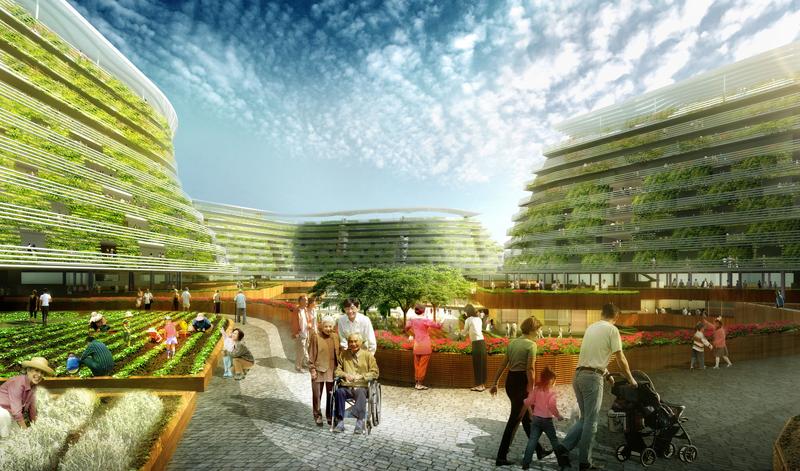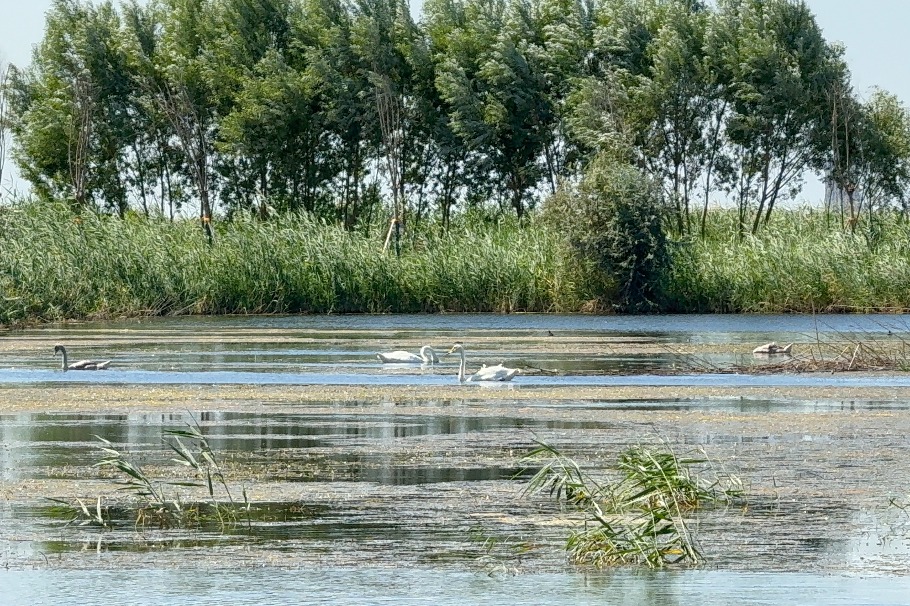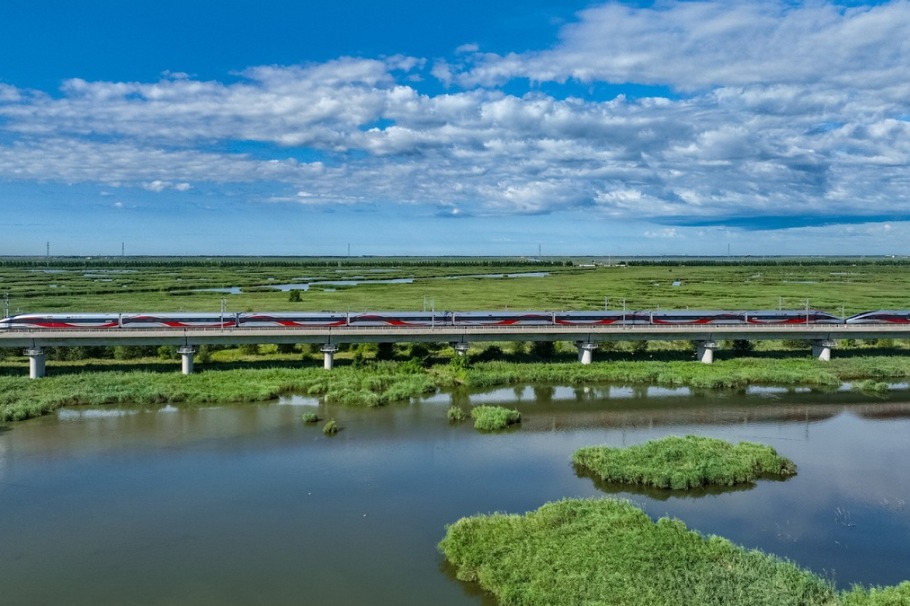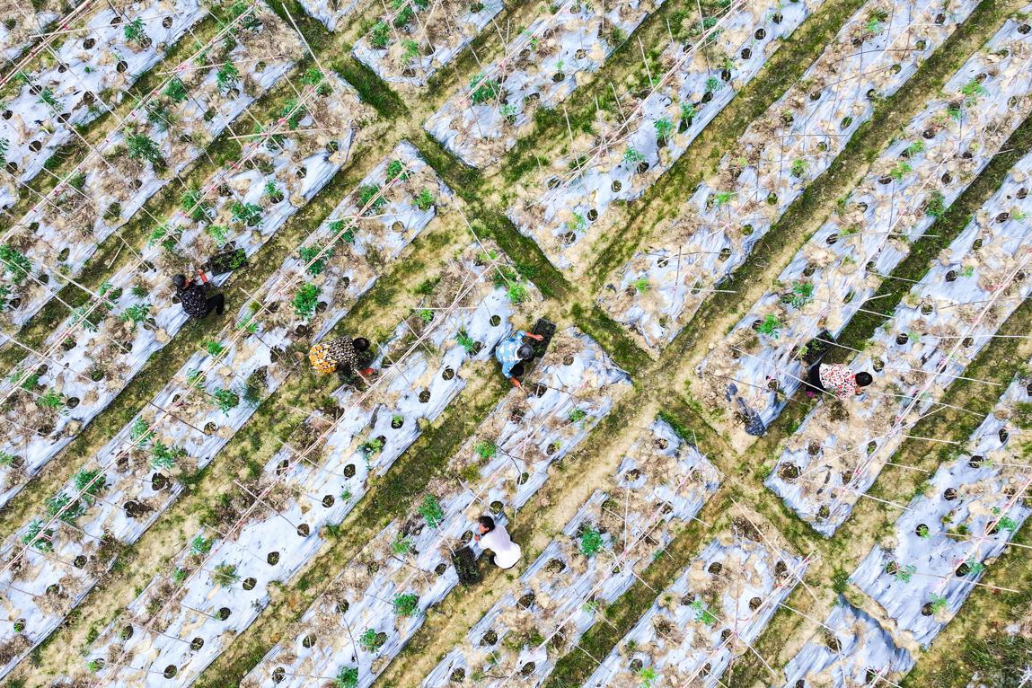Growing tall
At a time of global climate crisis and overpopulation, vertical farming technologies are offering hope of greater food security and sustainability. Vasavi Seethepalli reports.


The speed and scale of urbanization is a major challenge for humanity. According to the United Nations, 68 percent of the world's population will live in cities by 2050.
Even as we struggle to cope with soaring temperatures and rising carbon dioxide levels, our food supply chains are under stress. Traditional methods of farming have for centuries degraded agricultural land. And according to the United Nations' Food and Agriculture Organization, agriculture resulted in the emission of 9.3 billion metric tons of carbon dioxide equivalent globally in 2018.
Vertical farming can reduce greenhouse gas emissions drastically. In Hong Kong, which depends to a large extent on imported produce, growing crops in vertically stacked layers is gaining traction among those keen to see the city become more self-sustaining.
- Macao SAR chief executive explores tech cooperation during visit to Zhejiang
- Agritourism, sports, entertainment boosts income in rural Xinjiang
- Host city of 2025 World Games unfolds new vitality in opening wider to globe
- Mangshan's misty peaks enchant visitors
- China warns against escalating tensions on Taiwan question
- Book on Xi's views on strengthening, revitalizing armed forces published





































